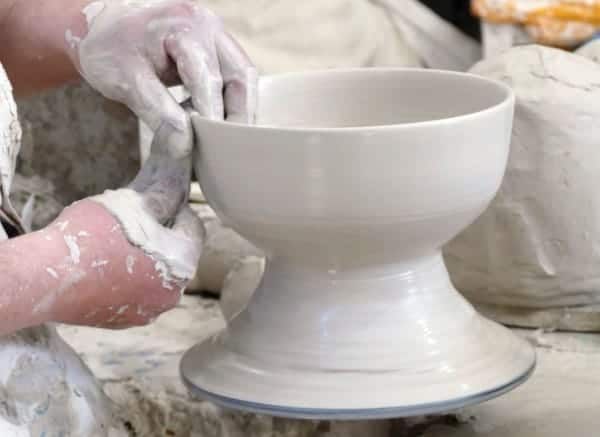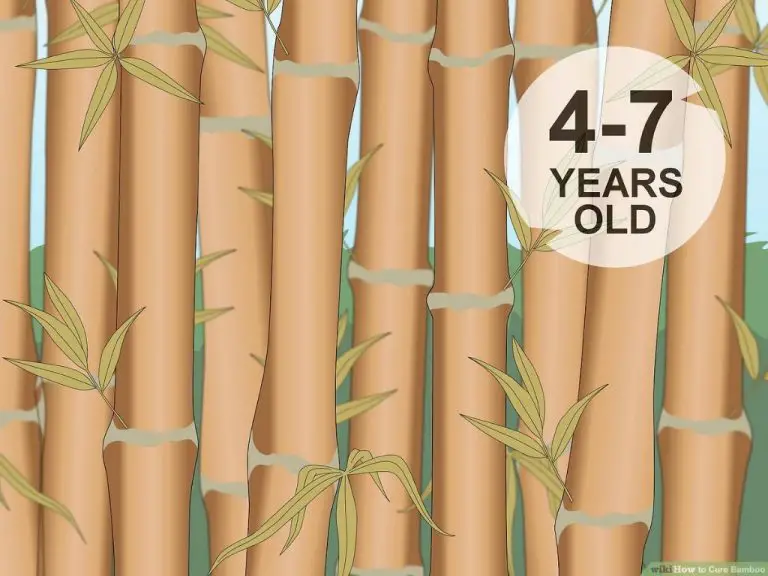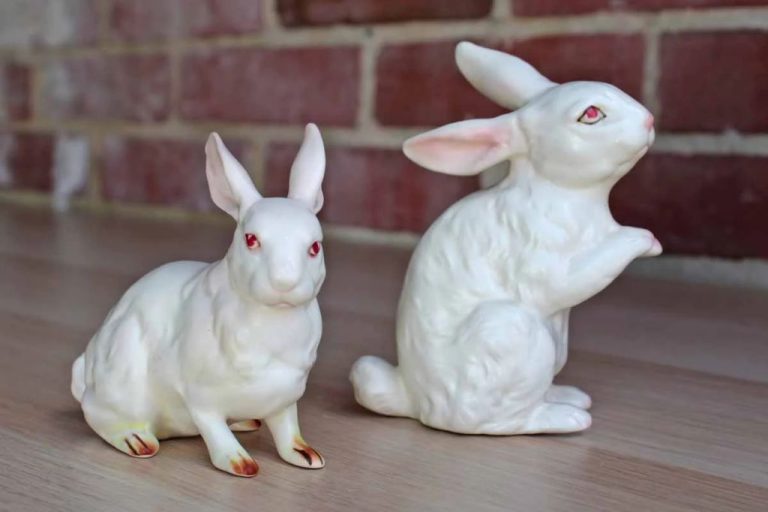What Are The Ingredients In Clay Slip?
Clay slip is a mix of clay and water used in ceramic pottery and sculpture making. It has a creamy, liquid texture that allows the clay to be poured into molds or used to join pieces of clay. Some of the most common ingredients in clay slip are clay, water, deflocculants, thickening agents, coloring oxides, and other additives. The purpose of clay slip is to help shape pottery pieces and adhere surfaces before firing them in a kiln.
When clay particles are suspended in water, they tend to clump together. Adding deflocculants prevents this clumping, helping the clay and water mix evenly into a smooth, pourable slip. Thickening agents give the slip viscosity so it can coat surfaces and hold a shape. Coloring oxides introduce colors, while other ingredients enhance properties like texture and workability. The ingredients and their proportions can be adjusted to produce slips suited to different types of pottery and ceramics work.
Clay
The primary ingredient in clay slip is clay. Not all clays can be used to make slip, as the specific properties of the clay determine how it behaves when mixed with water and other additives.
The two main types of clay used in slip are:
- Earthenware clays – These include terracotta and red clay. Earthenware clays have lower plasticity and firing temperature, making them ideal for slip casting.
- Stoneware clays – Stoneware clays are very plastic and have higher firing temperatures. They produce durable slip that can withstand repeated castings.
Key properties that make a clay good for slip production include:
- Plasticity – Ability of the clay to be shaped when mixed with water.
- Green strength – Ability to hold its shape before firing.
- Casting body – Smooth texture and free of grit and debris.
- Firing temperature – Low enough to avoid bloating.
- Color/texture – Provides desired aesthetic qualities.
Choosing a clay body with the right balance of these properties allows potters to create high quality slip for casting ceramics.
Water
Water is an essential ingredient in clay slip. It serves several important purposes:
Hydrating the Clay Particles – Water enables the clay particles to become suspended in the mixture. Without adequate water, the clay would remain a dry powder and could not be made into slip.
Lubricating the Mixture – Water provides lubrication between the clay particles, enabling the slip to flow and be poured or applied. With too little water, the slip would be too thick.
Carrier for Other Additives – Water dissolves and carries the deflocculants, coloring oxides, and other additives throughout the mixture.
The recommended amount of water in slip is 20-35% of the total weight. Too much water will make the slip too thin, while too little water will make it too thick. Finding the right consistency is crucial for working with and applying slip successfully.
Deflocculants
Deflocculants are added to clay slip to prevent the clay particles from clumping together. As clay particles are suspended in water, they tend to attract to each other and form clumps or “flocs”. This makes the slip thick and hard to work with.
Deflocculants are chemicals that are added in small amounts to disrupt the attractive forces between the clay particles. This keeps the particles separated in a smooth, liquid suspension. Some common deflocculants used in clay slip include:
- Sodium silicate
- Sodium polyacrylate
- Darvan
- Sodium carbonate
These chemicals allow clay slip to be mixed to a creamy consistency optimal for pouring and casting clay. The right amount of deflocculant results in a smooth, liquid slip that flows easily but still holds its shape when poured.
Thickening Agents
Thickening agents are added to clay slip to increase its viscosity. They help improve the workability, stability and thickness of the slip so it can be used for different forming techniques. Without thickening agents, clay slip would be too thin and watery.
Some common thickening agents used in clay slip include:
- Sodium Carboxymethyl Cellulose (CMC) – a synthetic thickener derived from cellulose. It increases viscosity and improves stability.
- Methylcellulose – a plant-based thickener that improves viscosity and keeps components suspended in the slip.
- Bentonite Clay – a natural clay that swells and thickens when hydrated. It’s very effective at increasing viscosity.
- Guar Gum – a plant-based gum that rapidly increases viscosity and thickness.
- Xanthan Gum – a fermented polysaccharide gum that enhances viscosity and stability.
The choice of thickening agent depends on the desired viscosity, stability, cost and effect on workability. Often, a combination is used to optimize the properties of the slip. The percentages added range from 0.25% up to 2% by weight.
Coloring Oxides
Pigments made from metal oxides are commonly added to clay slip to introduce color. Ceramic artists use coloring oxides to achieve a wide range of hues in their finished pieces.
Iron oxide is one of the most prevalent coloring oxides used in slips. It produces earthy red, brown, and orange tones. Cobalt oxide creates blue and green hues, while chromium oxide makes vibrant greens. Copper oxide can yield turquoise, green, and red tones. Manganese dioxide is used for black and brown colors. Titanium dioxide is a bright white pigment. Nickel oxide gives yellowish and greenish colors. Many other metal oxides across the color spectrum are used as artistic coloring agents in slips.
The amount of oxide pigment added to a slip batch will determine the intensity of the color. A slip with a high pigment load will result in very saturated tones, while minimal additions create subtle hues. Most ceramic artists test different percentages of oxides to find their preferred color balance for a project.
Additional Additives
In addition to the core ingredients of slip, some potters also add small amounts of other substances to achieve specific effects.
Some common additional additives include:
- Sodium silicate – added to improve slip’s adhesive qualities and greenware strength
- Borax – can act as a flux to promote vitrification at lower temperatures
- Barium carbonate – improves whiteness in the fired clay
- Opacifiers like tin oxide or zirconium silicate – help produce brighter, less transparent glazes
The purpose of these additives is generally to modify the physical properties and/or appearance of the fired clay. Potters experiment with small amounts of additives to achieve desired qualities in their finished pieces. However, too much of any additive can negatively impact the clay body, so moderation is key.
Mixing Slip
Mixing slip properly is an important step to achieve the ideal consistency for your project. Here is an overview of the process and equipment needed:
The basic process involves first measuring out the dry ingredients – clay, deflocculants, and any additives – according to your recipe. It’s best to use a digital scale for accuracy. Next, add a portion of the water to the dry mix and blend thoroughly to break up any clumps. Continue adding small amounts of water and blending until the ideal creamy, smooth consistency is reached. The slip should flow easily but not be watery.
In terms of equipment, you’ll need containers to hold the slip ingredients and water. Buckets, ceramic mixing bowls, or even reclaimed food containers can work well. For blending, an electric drill with a paint mixer attachment is ideal to thoroughly incorporate the ingredients without overworking the clay. Avoid blenders or mixers that introduce too much air. You can also use a paddle or stir stick for hand mixing in smaller batches.
Be sure all equipment is clean and slip is mixed in an area free of dirt and dust that could contaminate the batch. Take precautions against spilling as dried slip can be difficult to remove from surfaces. Overall, focus on consistency and avoid overmixing once the desired smooth, creamy slip is achieved.
Using Slip
Clay slip has two primary uses in pottery and ceramics:
Slip Casting
In slip casting, liquid clay slip is poured into a porous plaster mold. As the water in the slip is absorbed into the plaster, a layer of clay is deposited on the interior walls of the mold. After the desired thickness is achieved, the excess slip is poured out of the mold. Once the clay has dried and hardened sufficiently, the finished piece can be removed from the mold.
Slip casting allows complex shaped pieces to be created with thinner walls than could be produced by hand building methods. It is commonly used to make multiples of the same form.
Decorating Greenware
Slip can be brushed or trailed onto the surface of wet, unfired clay forms in order to decorate them. Common decorating techniques using slip include:
- Applying colored slips for accenting or creating patterns
- Using white or colored slip to highlight carved textures
- Trailing slip into intricate designs
- Dipping ware into slip to completely coat the surface before firing
After bisque firing, colored slips can be applied to raw clay or bisqued pieces and then fired again to permanently affix the decoration.
Conclusion
In summary, the key ingredients in clay slip are clay, water, deflocculants, thickening agents, and coloring oxides. Additional additives may also be included for specific properties. It’s important that the ingredients are measured precisely and mixed thoroughly to achieve the desired consistency and workability. Proper mixing ensures the clay particles are fully dispersed, producing a smooth, homogeneous slip.
The ratio of clay to water is critical, as too much water will make the slip too thin and difficult to control. Deflocculants help reduce viscosity while thickening agents increase viscosity if needed. Coloring oxides introduce color while maintaining workability. Overall, understanding the function of each ingredient and experimenting with recipes allows ceramic artists to create customized slip for their needs. With the right ingredients and mixing technique, clay slip becomes a versatile and essential material for shaping and decorating clay pottery and ceramic pieces.




